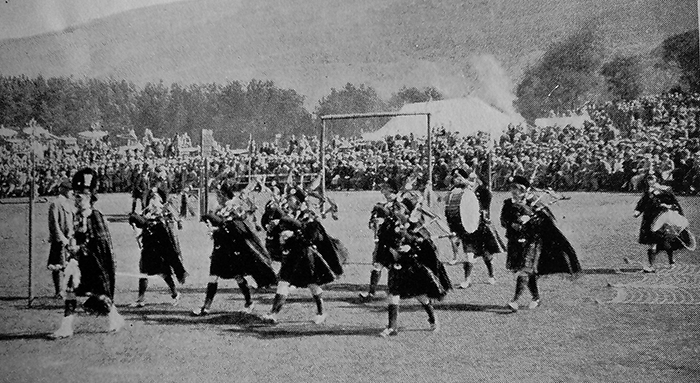
I came across the above photograph in a book and thought it might be of interest to readers. It is of the Australian Ladies Pipe Band when they visited the Braemar Gathering in 1926 as part of their world tour.
One of the purposes of the tour was to raise funds for ex-servicemen from WW1 and the Ladies were sponsored by Sir Harry Lauder and his wife who of course lost a son in that conflict.
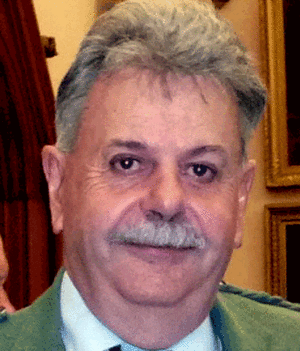
By Duncan Watson
I found out more about the band online and from the National Archives of Australia. Pipe bands have been popular in Australia since the 1800s.
This photograph was taken in Scotland in 1926 during the first and only world tour of the Melbourne-based Australian Ladies (Scotland) Pipe Band as they were more formally known. The band was formed at the end of WW1 to raise money for soldiers who returned from the war and for other charitable causes.
Once confirmed, attempts were made to stop the tour by those who questioned the moral and financial rectitude. Presumably the worry was over a party of young women setting off on a trip to the other side of the world.
The tour was mooted by Drum Major William Darwin who was a song writer, adventurer and inveterate promoter. Darwin envisaged performances by the Ladies at major piping events throughout the English-speaking world, an audience with HM King George V and Queen Mary, hence the visit to Braemar, and a visit to the battlefields of France where his protégés would pay their respects to fallen friends and relatives.
Band members were asked to pay a £50 personal repatriation bond as security in the event the tour proved financially unsustainable whilst the band was abroad.
After a year of intensive fund raising and lobbying, 16 ladies under the watchful eye of Drum Major Darwin and Pipe Major Dolly McPherson, arrived in New Zealand on the first leg of the tour.
Whilst there, in December 1925, the ladies were denied passports for Canada unless they were able to provide evidence of parental permission for the underage members of the band. Seven of the ladies, four of them minors, were obliged to return to Australia.
Later, determined to fulfil their engagements, the remaining band members set sail for England. August 1926 saw them in Scotland where they scooped trophies and medals including the Angus Murray Cup and a sizeable number of Gold and Silver Medals.
There are no specific details of the events for which these awards were presented, but I presume they were for ladies pipe band competition, common in Scotland back then.

At the Braemar Gathering the band became the first ladies pipe band to play before the the King and Queen. Back then Braemar was held in August on a Thursday, with Aboyne Games the day before.
Wherever the Ladies performed they raised money by selling souvenir buttons, postcards and concert programmes. There were a number of firsts for the band including being the first pipe band to broadcast by wireless to all parts of the world, from Melbourne and Sydney in their home country, New Zealand and from Braemar whilst in Scotland.
The band arrived back in Melbourne on the ship ‘Orsova’ on 18th January 1927 and were soon engaged by the Australian Broadcasting Corporation taking top billing for a week of radio broadcasts.
A set of silver and ivory mounted pipes bought in Glasgow by one of the ladies came to be owned by Ross Campbell, the well known solo piper in Australia today. It would be interesting to hear from Mr Campbell about the pipes.
Pipers will know the tune, Australian Ladies, composed by Willie Ferguson. It is a fine melodic march and has remained popular over the decades. I got the pipes going the other day and gave it a whirl:










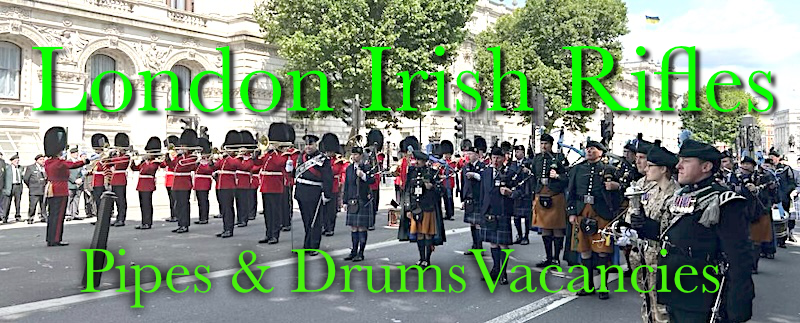

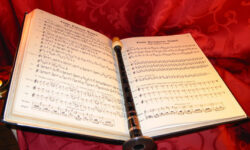
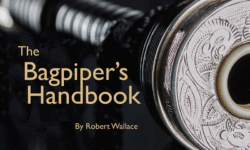
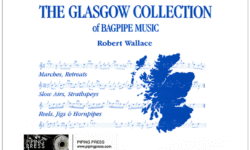





Duncan,
A good story, great playing and a fine pipe, all before breakfast. What a way to start the day.
Jeannie Campbell has written extensively about ladies pipe bands and included the Australian Ladies Pipe Band. Great reading, well researched.
I was not aware of a piece done by Jeannie Campbell regarding the Australian Pipe Band and must look it out. Is it in a publication?
I have had a look on the media and have come across a photograph of the person I believe to be the person referred to as Ross Campbell and on his shoulder there is a bagpipe, part of the drones and they are a good looking instrument. It is really good that such an instrument is being used as opposed to being at the bottom of a cupboard. I further learned that Mr Campbell has been featured in ceol mor competitions.
I was interested to learn more of the Australian Ladies Pipe Band’s tour of 1926. I have always loved Willie Ferguson’s tune, “The Australian Ladies” ever since I first heard it played by a pipe band on the BBC Scottish Home Service’s broadcast of its piping programme, “Chanter” when I was a teenager in the 1960s. I eventually learned to play it from the Scots Guards Collection (1) and now encourage my more capable students to learn it too. A special bit of history.